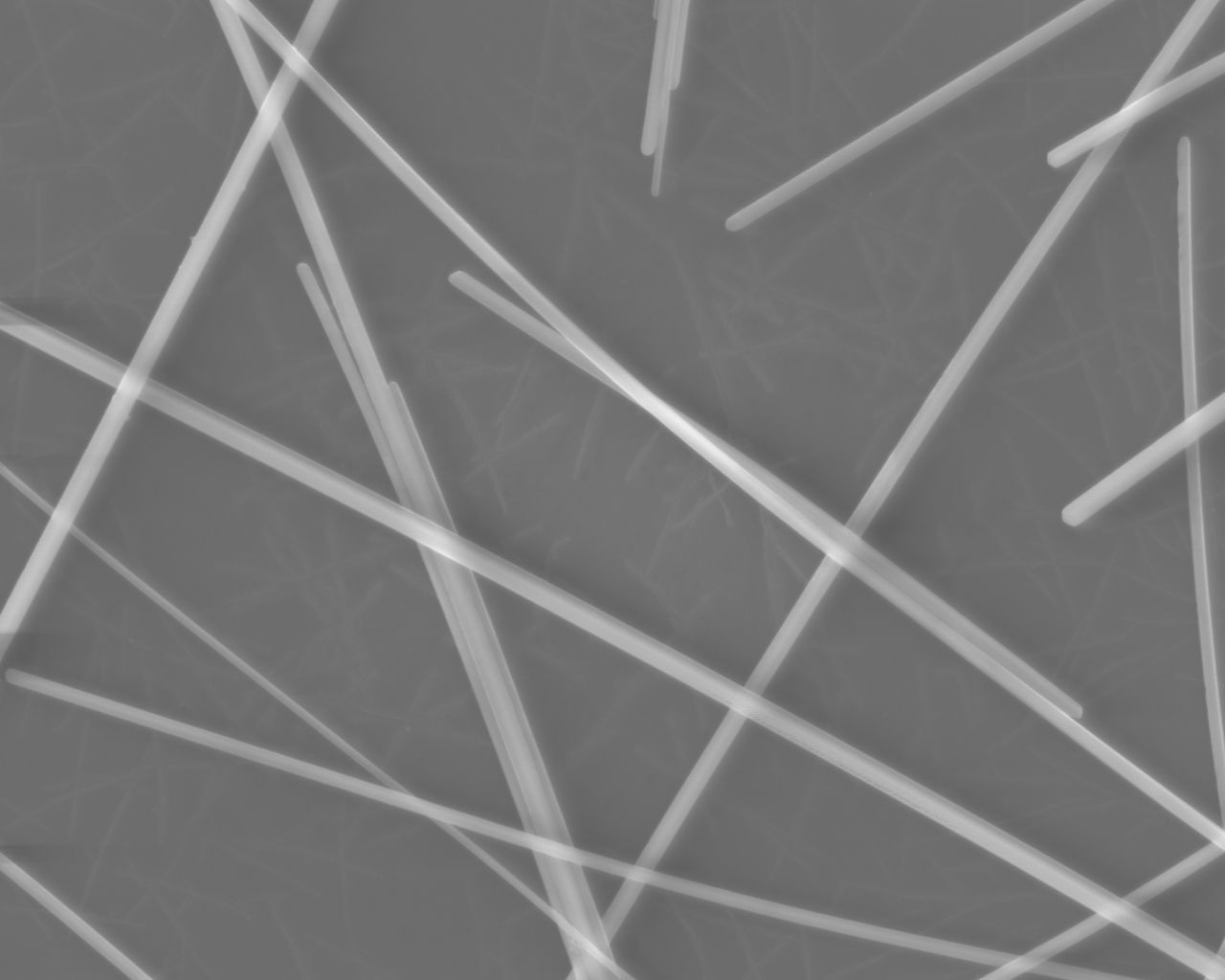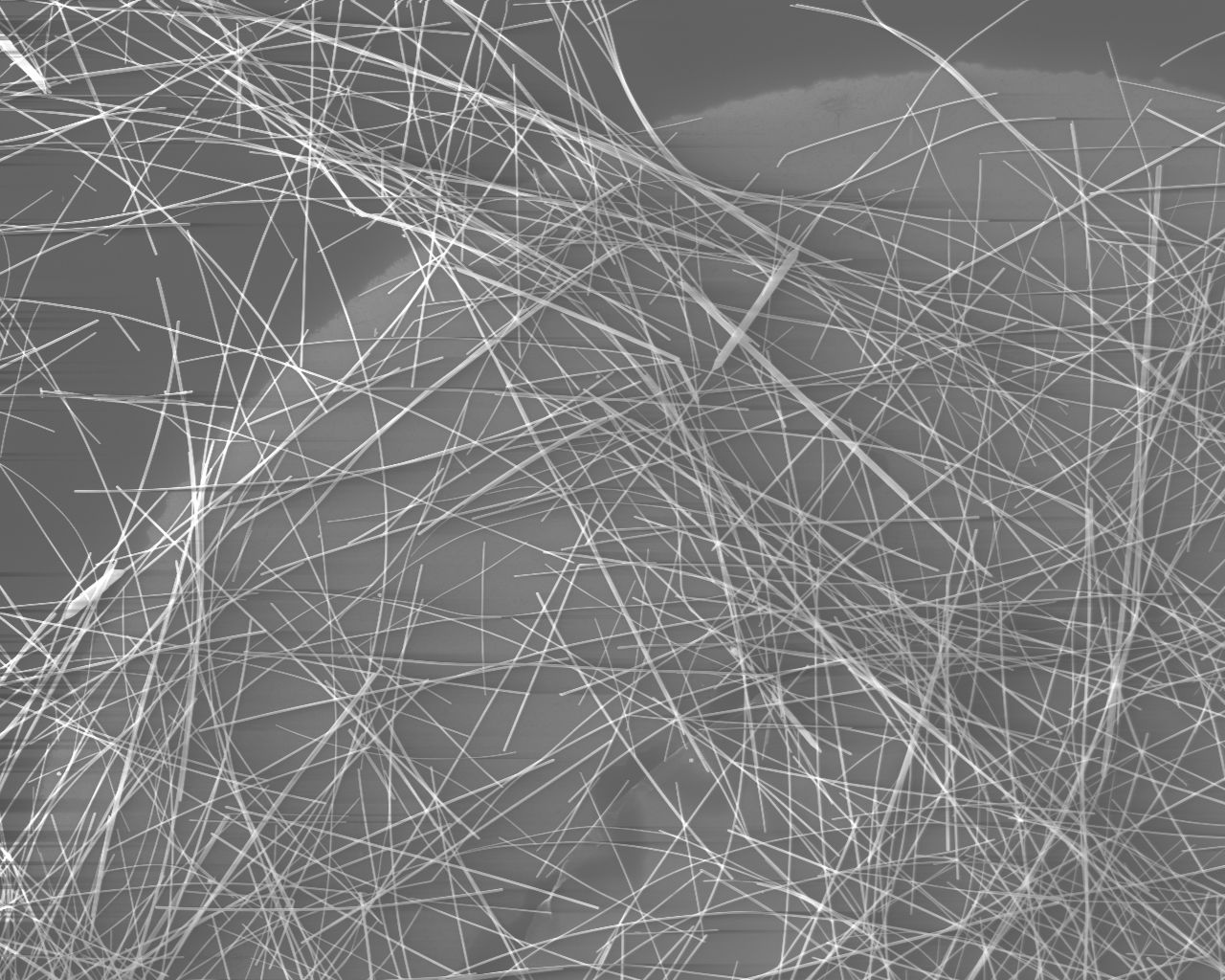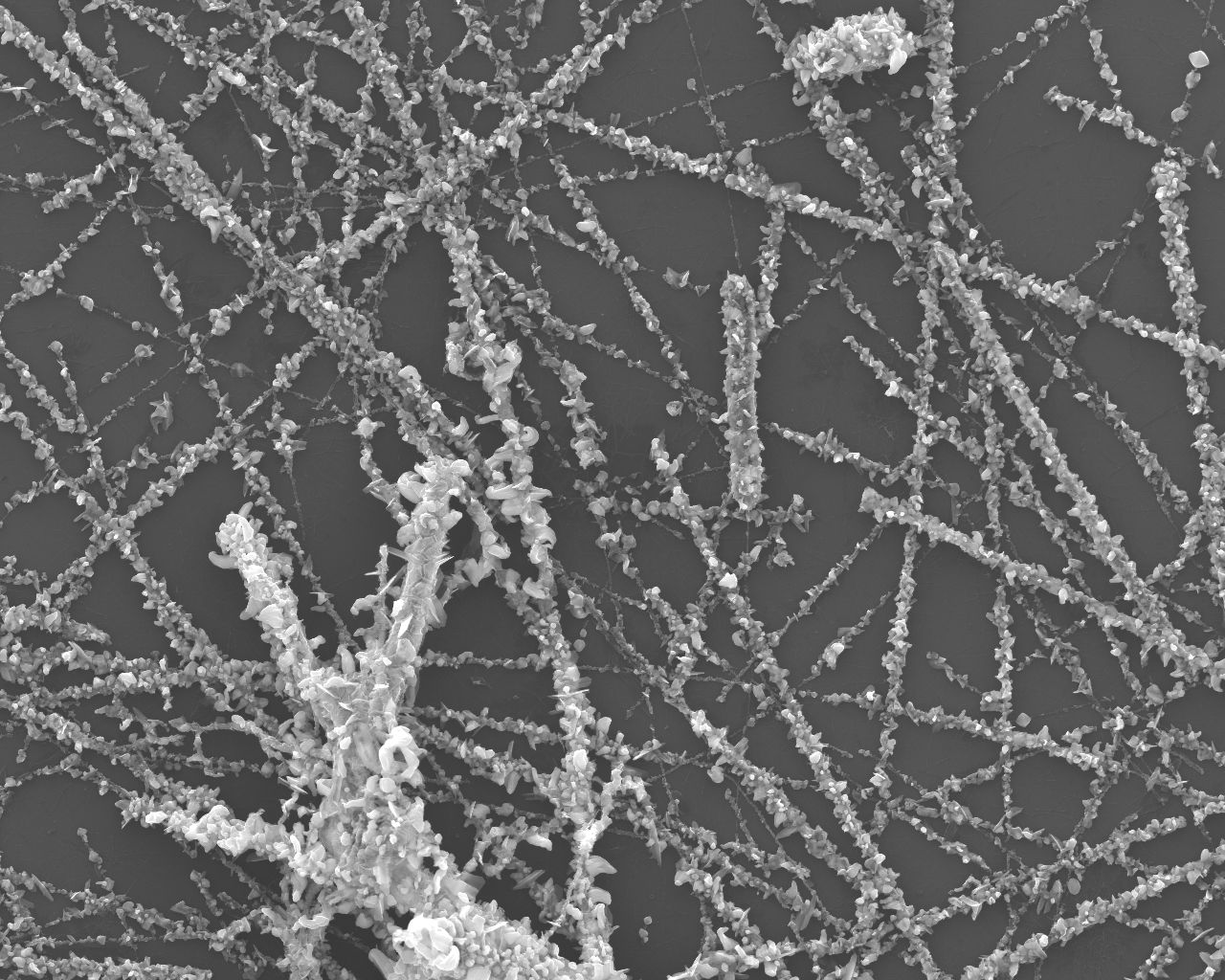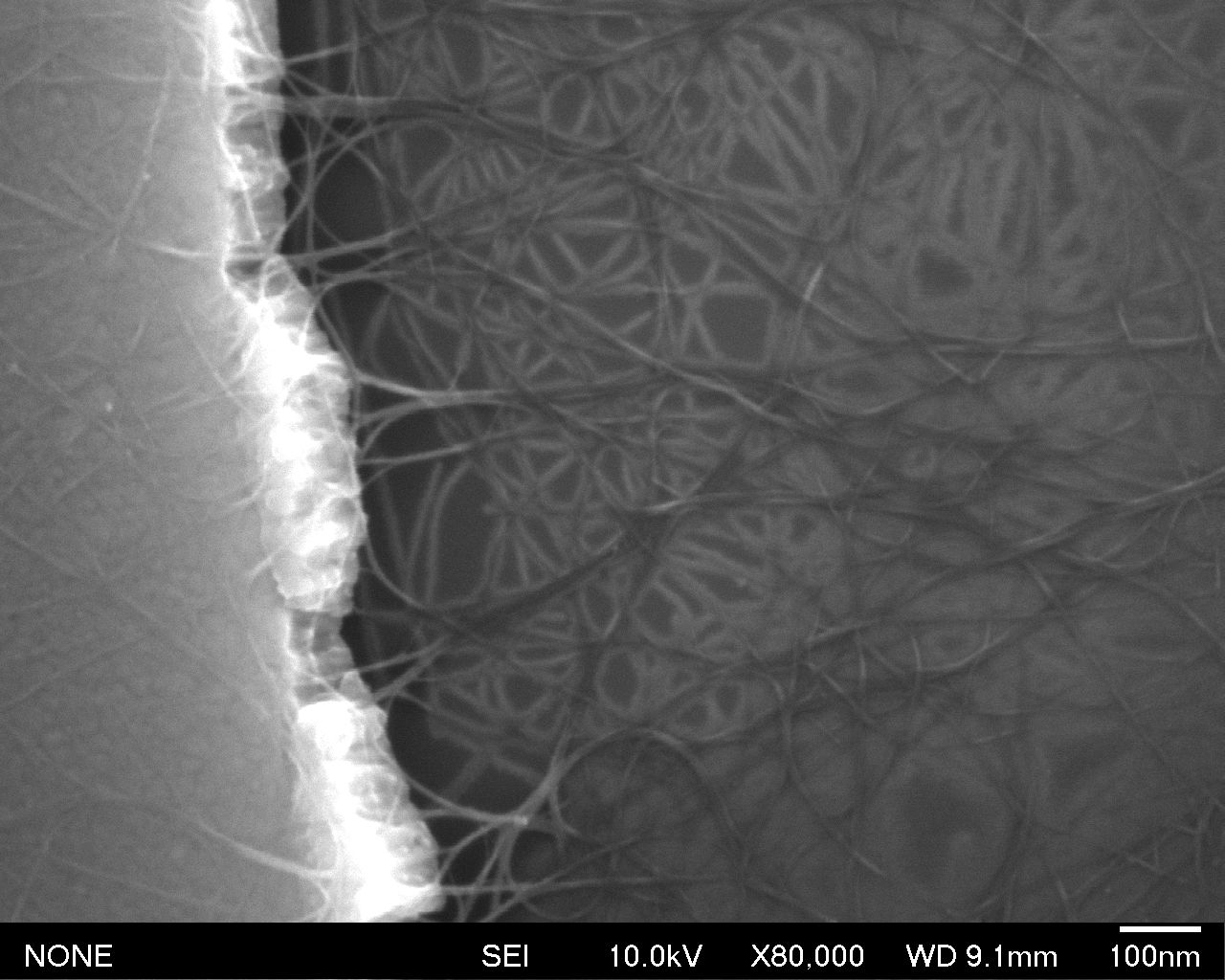Is the next big breakthrough really, really, really small?
Do we need to look closer to find new solutions?
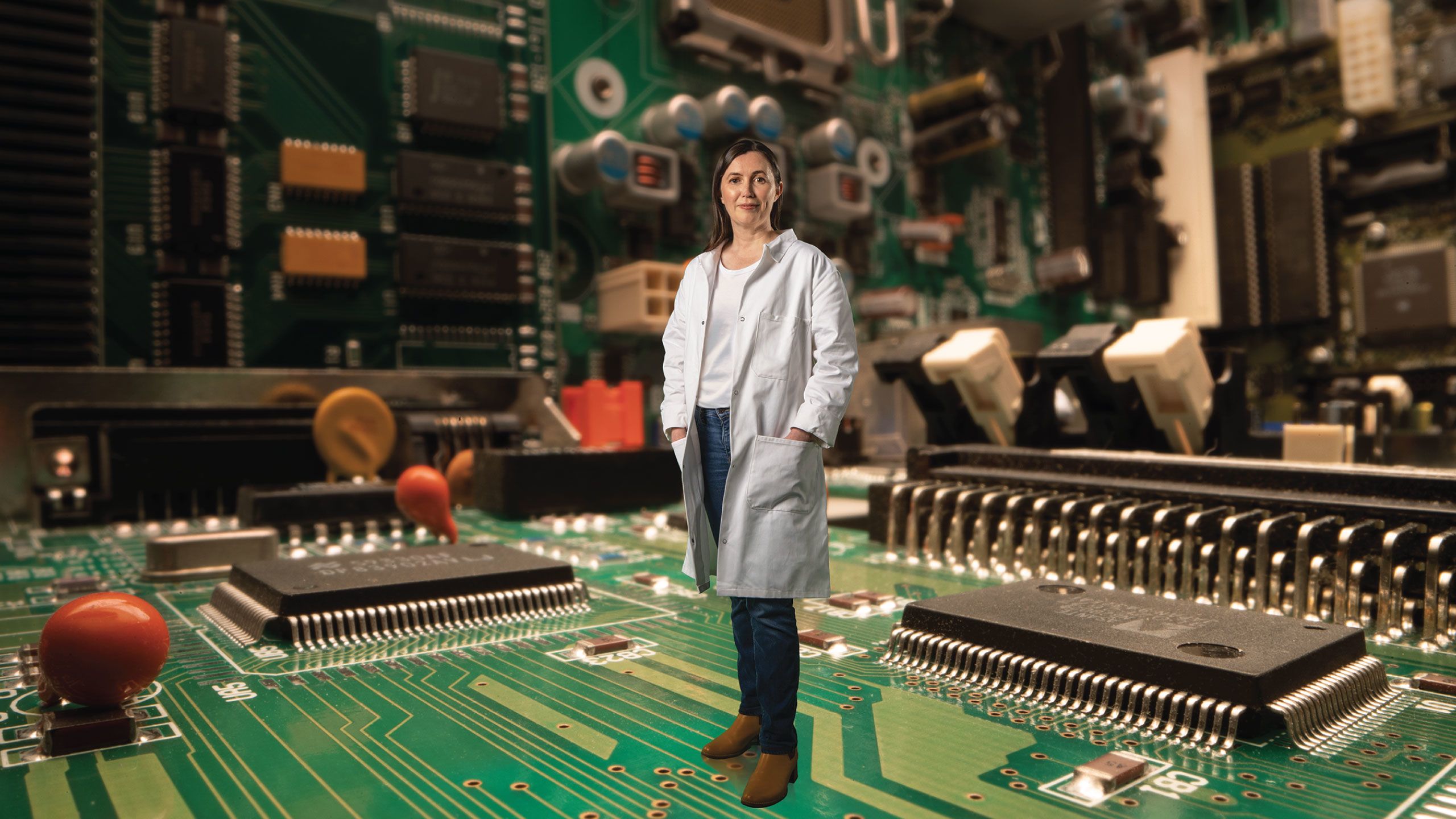
Imagine a cricket ball alongside the planet Earth. That, says Associate Professor Natalie Plank, gives you an idea of what a nanoparticle would look like next to a cricket ball. But that’s if you could actually see the nanoparticle—one nanometre is a billionth of a metre, or about 50,000 to 100,000 times smaller than the width of a human hair. Nanomaterials are impossibly tiny—so what does she find so fascinating about them that’s made her devote her career to understanding them?
Associate Professor Plank, who teaches and researches in Physics at Te Herenga Waka’s School of Chemical and Physical Sciences, says the whole point of working on the nanoscale is that certain materials behave in radically different ways than they do when they’re bigger. “They can become more sensitive and have different kinds of interactions—they might change the way they conduct electricity or interact with light. For us as scientists, it’s about exploiting those new properties that you don’t get at larger scales. You can do things with a conductor on the nanoscale that you just couldn’t do with a large slab of it.”
Her research pathway wasn’t linear. “As an undergraduate student I studied astrophysics, which obviously involves studying things on a really, really big scale,” she says. “But I soon became interested in atomic and molecular physics and what was going on at the quantum scale—in other words, things that were really, really small. I started researching different types of electronics and found myself getting into nanomaterials, which were absolutely fascinating.”
She has specialised in the study of carbon nanotubes. “They’re basically a sheet of graphene, or carbon. This sheet is rolled up on itself to make a tube, and depending on how it’s rolled up, the carbon nanotubes have very different electronic properties. It might be a metallic and conduct electricity really well, or it might be a semiconductor like silicon that we use to make computer chips,” she says.
“I find this fascinating—it’s like, wow, how can this even happen? And to be honest I still find it really amazing even after 20 years of working with these materials. The complexity and richness of the material properties on this scale is incredibly exciting.”
Associate Professor Plank and her team make nanodevices in what is known as a Clean Room. “That’s where you see people in these funny suits where we’re covering our hair and clothes and eyes because we don’t want any dust particles or eyelashes to land on the devices we’re making because they’re so tiny. A piece of hair falling on a nanodevice would be a catastrophe, right?”
She says even making the most simple nanodevice involves many steps. “We take our nanomaterial—carbon nanotubes, for example. Then we have to get that onto our substrate, which might be a silicon chip or a piece of glass or plastic. We make electrodes that go directly on top, then we make an encapsulation layer to keep it all together. And then we have our chip that’s ready to measure things. The chips have lots of carbon nanotubes all over the place so they look a bit like a tiny pile of cooked spaghetti.”
The team is currently working on a project with Plant and Food Research—Rangahau Ahumāra Kai using odorant receptors from insects, that are so sensitive they can detect a single molecule. “We can stick these nanoscale receptors onto the sides of our carbon nanotubes and make different kinds of devices that can ‘see’ what the proteins in the insect receptors are doing. Using this method, we can make all kinds of biosensors that can detect chemicals in the environment.”
This interface between nanomaterials and biomaterials is a really exciting new field of research, she says. “I’m really motivated to make things that are useful in the real world. There’s a big need worldwide for high fidelity sensors that are extremely accurate and very sensitive. These could have many useful applications: food and water safety, where we can easily find out if things are safe to eat or drink; biosecurity, where we can tell if a shipping container has a rat hiding in it; or healthcare diagnostics, where you might one day be able to do a simple, non-invasive breath screening test for lung cancer at your GP’s office.”
Dr Plank says that while the real-world applications are a huge motivator, she’s also very curious about how these nanodevices work. “I want to know exactly what’s going on at the fundamental level—what are the mechanisms involved, and how do these receptors interact with the nanomaterial? I’m really lucky that the work I’m doing right now allows me to combine discoveries about the potential uses for new materials with a fundamental understanding of how they work. That’s a good thing about being a scientist—you never run out of questions to ask.”
She says a common misconception about nanomaterials is that they are very new and unnatural. “Lots of phenomena in nature are on the nanoscale: biomolecules, volcanic ash, and the iridescence of butterfly wings.”
Another misconception is that nanotechnology is a narrow scientific field. “There’s the type of work I do which is more of a physics approach, but it also requires chemistry, biology and engineering. It’s one of those truly interdisciplinary fields where it takes a lot of different people’s brains to understand something.”
As well as lecturing at Te Herenga Waka, Associate Professor Plank is also part of the MacDiarmid Institute for Advanced Materials and Nanotechnology, and collaborates with scientists across Australasia. “The science community is great—we all work together in a really open way. We often take the opportunity to get together and be really geeky talking about our science!”
The potential for growth in the nanotechnology industry is huge, she says. “In 2020, the global nanotech market was worth about US$1.6 billion, and by 2030 it’s predicted to be worth over US$30 billion,” she says.
“As the American physicist Richard Feynman said more than 60 years ago, ‘there’s plenty of room at the bottom’—the next direction for physics and technology is downwards, to the nanoscale. The possibilities are virtually limitless.”
